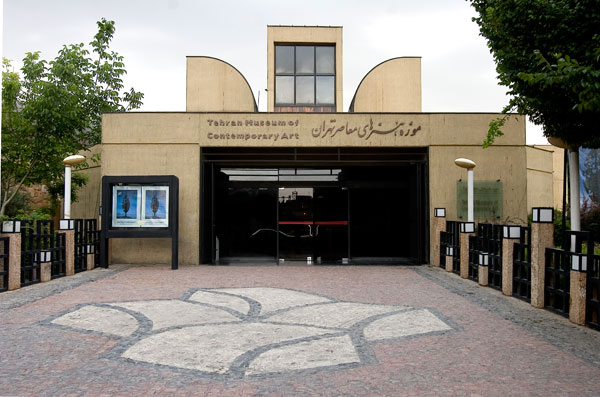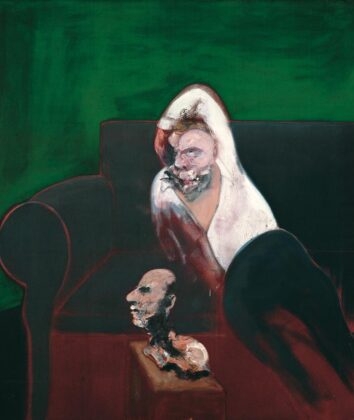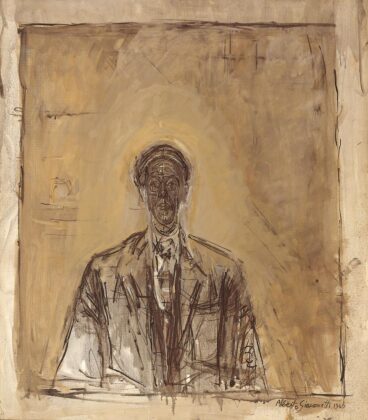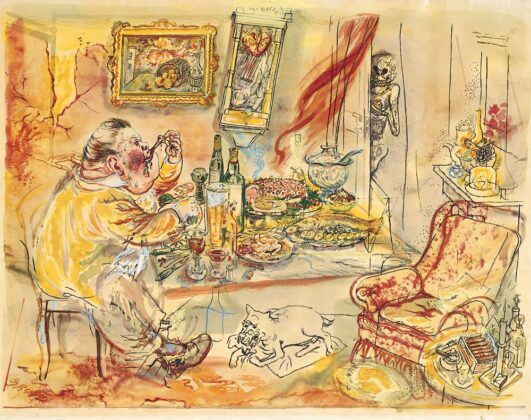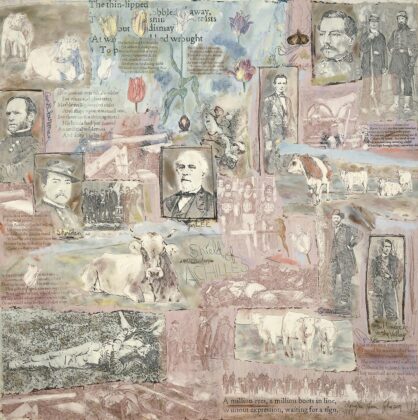Here is IFP’s translation of excerpts from a report by Mehr:
Plenty of 19th and 20th century’s world-class European, American and Iranian paintings, prints, drawings and sculptures are currently kept in Tehran’s Museum of Contemporary Art.
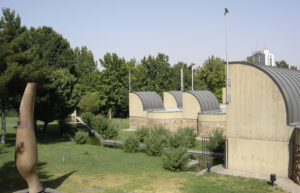
Iranian visual arts officials plan to display these precious artworks in Italy and Germany; however, the move has its opponents who fear the artworks are not returned to Iran due to the international sanctions against the country.
Based on the nuclear deal between Tehran and world powers, whose implementation started back in January, all nuclear-related anti-Iran sanctions are supposed to be removed; however, there are regular reports of countries that still refuse to cooperate with Tehran on the pretext of those sanctions.
Leili Golestan, an Iranian artist and gallery owner, is one of those who believe the temporary export of the artworks is very risky.
What Can Iran Do If Western Countries Seize Its Artworks?
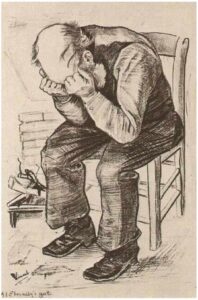
“The exchange of artworks between world museums regularly takes place …; however, we are now in an exceptional situation. What would we do if they use the sanctions as a pretext to seize these 30 artworks that we are sending abroad and are among the best artworks we have?” Golestan said.
“Currently, the risk and danger is very high indeed,” she warned.
“We could avoid sending all 30 artworks together. For example, we can first send 10 Iranian works and 10 foreign ones. […] We can also wait for the restoration of peace to the world, and then send the artworks,” she suggested.
“We should know that our treasury is unique in Asia and there is no time for taking a risk now,” Golestan noted.
World Is Eager to See the Artworks Kept in Iran
On the other hand, Majid Molla-Norouzi, the Director General of Iran’s Visual Arts Office, believes that the exchange is not at all risky.
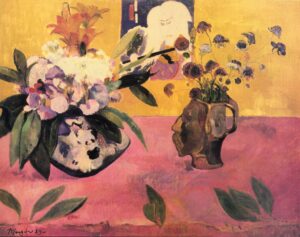
“The exhibition of different countries’ treasuries has always been customary in the world. We have a treasury that the world is willing to see,” Molla-Norouzi said.
Iran preferred to display the exquisite artworks in an American or British museum of contemporary arts; however, the relations between Iran and these two countries soured more than ever and Iranian officials preferred to choose Germany and Italy, with whom Tehran has better diplomatic ties.
“We are lending the artworks that we had already lent to European and Asian museums. It is not actually called lending, because we have started a joint project with the two museums in Berlin and Rome,” he went on to say.
Molla-Norouzi also explained the benefits of exhibiting these artworks in Europe. “We are going to display a number of Iranian artworks beside these Western ones in a bid to provide an opportunity for the exhibition of Iran’s art. Such an opportunity was probably not possible otherwise.”
“Also many think that we have lost or sold the artworks within these years. So this will be a chance to end all these rumours. Even a Western media outlet suggested that the Islamic Republic is going to wage a soft war in the West through these exhibitions.”
“We will try to display those works that have more fans in the West. Works by Picasso, Mark Rothko, or Jackson Pollock are among these artworks,” he added.
All Works Are Covered by Lloyd’s Insurance Company
The Iranian official also responded to the concerns raised by the critics, and stressed that the artworks are insured by such a reputable company as the Lloyd’s, and if anything happens for the artworks, the insurance company will pay for it.
“The insurance expenses are funded by the Western side,” he added.
“It is possible in the US that a local court rules against the Iranian government and confiscates the country’s properties; however, such a law does not apply in Europe. We have consulted with our lawyers, and the German government has also held itself accountable for returning the works. They are covered by insurance, and it is defined as a cultural project.”
€1.5m to Be Paid for Exhibition of Artworks in Europe
The Iranian museum is supposed to receive €1.5m for displaying the artworks in Europe. Iranian Culture Minister Ali Jannati says the money will be returned to the government’s treasury.
However, he added, the Ministry is making efforts to find a legal way to allocate the money to the equipment of the museum itself.
Tehran Museum of Contemporary Art, an Untouched Treasury
Tehran Museum of Contemporary Art, also known as TMoCA, was inaugurated in 1977, and is among the largest art museums in Iran. The building itself can be regarded as an example of contemporary art, in a style of an underground New York Guggenheim Museum.
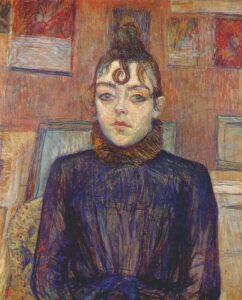
Most of the museum area is located underground with a circular walkway that spirals downwards with galleries branching outwards. Western sculptures by artists such as Ernst, Giacometti, Magritte and Moore can be found in the museum’s gardens.
It has collections of more than 3,000 items and is considered to have the most valuable collections of modern Western masterpieces outside Europe and North America. TMoCA also has one of the greatest collections of Iranian modern and contemporary art.
It is said that there is approximately £2.5 billion worth of modern art held at the museum.
Among the artists represented in this museum are Paul Gauguin (Still Life with Head-Shaped Vase and Japanese Woodcut), Wassily Kandinsky, Jackson Pollock (Mural on Indian Red Ground), Claude Monet, Camille Pissarro, Vincent van Gogh (At Eternity’s Gate), Pierre-Auguste Renoir (Gabrielle with Open Blouse), James Ensor, Édouard Vuillard, André Dunoyer de Segonzac, Jules Pascin, André Derain (Golden Age), Louis Valtat, Georges Rouault, Fernand Léger, and Pablo Picasso (Baboon and Young, Painter and Model).
Alberto Giacometti (Standing Woman, Walking Man), Francis Bacon (Two Figures Lying on a Bed With Attendants), Max Ernst (Capricorn), René Magritte (The Therapeutae), George Grosz, John Hoyland, Diego Rivera, Jasper Johns, and Andy Warhol (Suicide or Purple Jumping Man, portraits of Mick Jagger, Marilyn Monroe and Mao Zedong) are also among the artists whose works are kept in the TMoCA.
The museum also keeps works from Roy Lichtenstein, Jim Dine, Peter Phillips, James Rosenquist, Fritz Winter, Joan Miró, William Turnbull, Victor Vasarely, Adolph Gottlieb, Richard Hamilton, Georges Braque, Jean-Paul Riopelle, Edvard Munch, Pierre Soulages, Edgar Degas, Mary Cassatt, Maurice Prendergast, František Kupka, Max Beckmann, James Whistler, Edward Hopper, Henry Moore (Two–Pieces Reclining Figure, Three–Pieces Reclining Figure), Giorgio Morandi, Noreen Motamed, Giacomo Balla, Marcel Duchamp, Marino Marini (Horse and Rider), Aydin Aghdashloo (Identity: in praise of Sandro Botticelli and other works), Parviz Tanavoli (Sanctified), Sterling Ruby, Henry Peach Robinson (Landing the Catch), Ansel Easton Adams (Canyon de Chelly), Bahman Mohasses (Tryst), Arnaldo Pomodoro, and Yaacov Agam (more than 10 oil and acrylic works).
